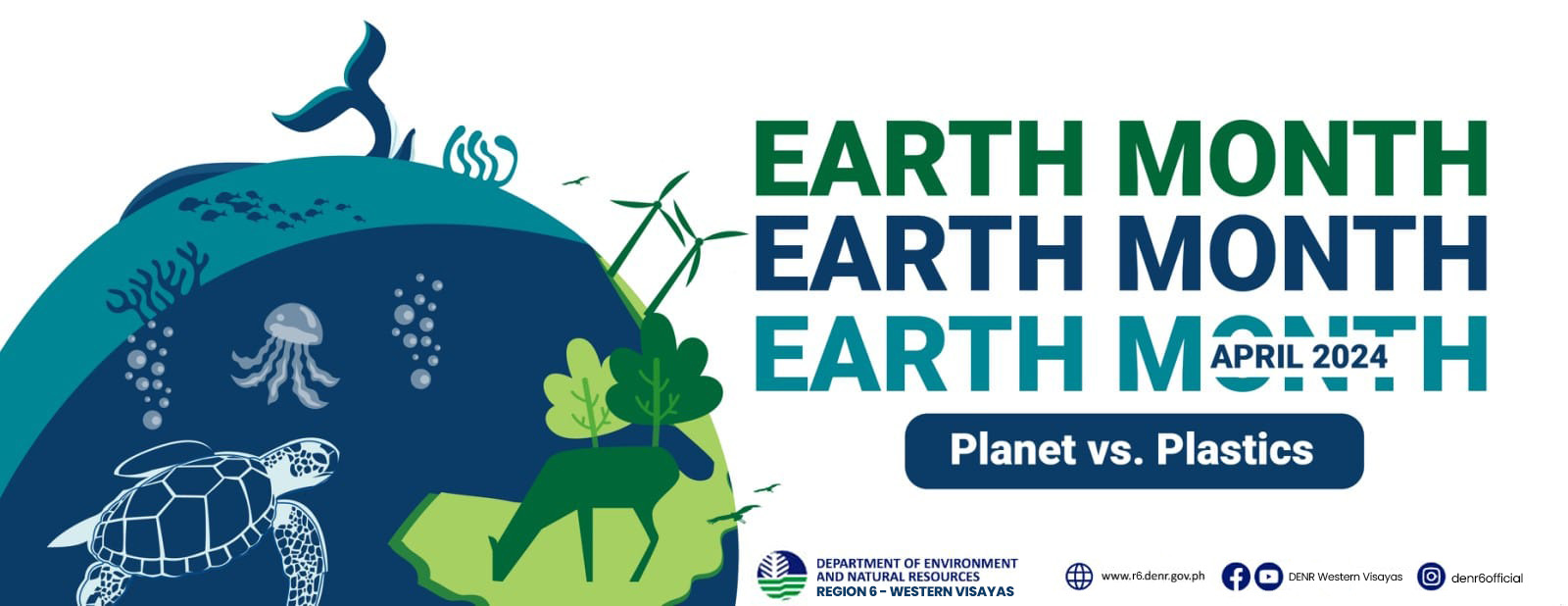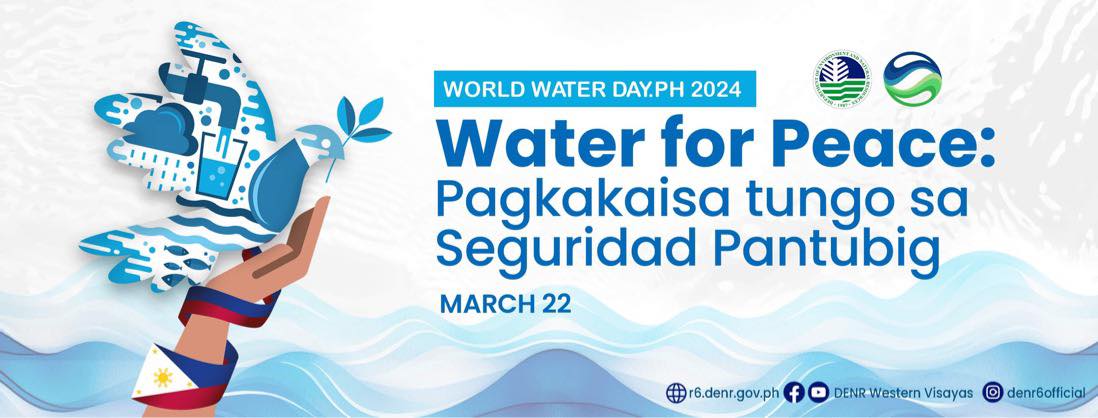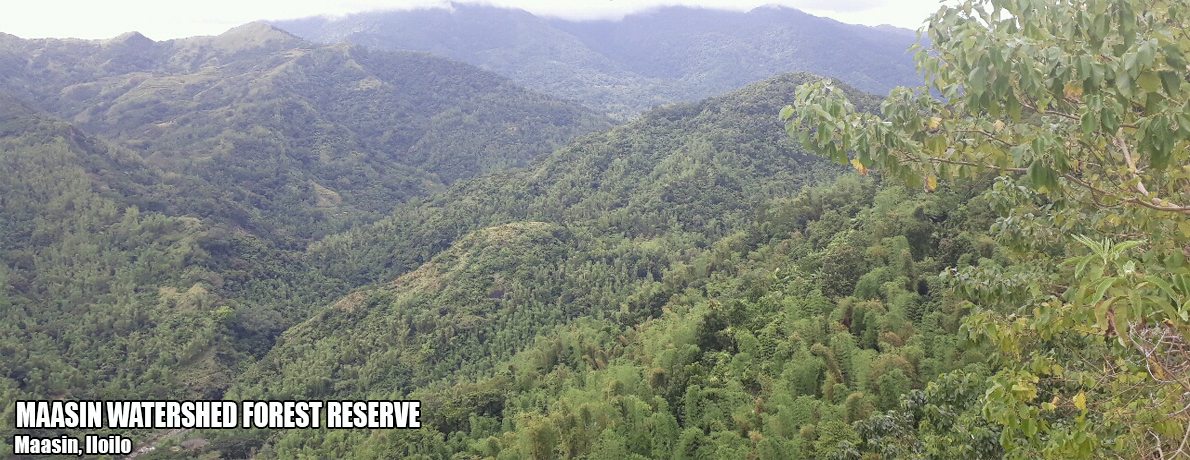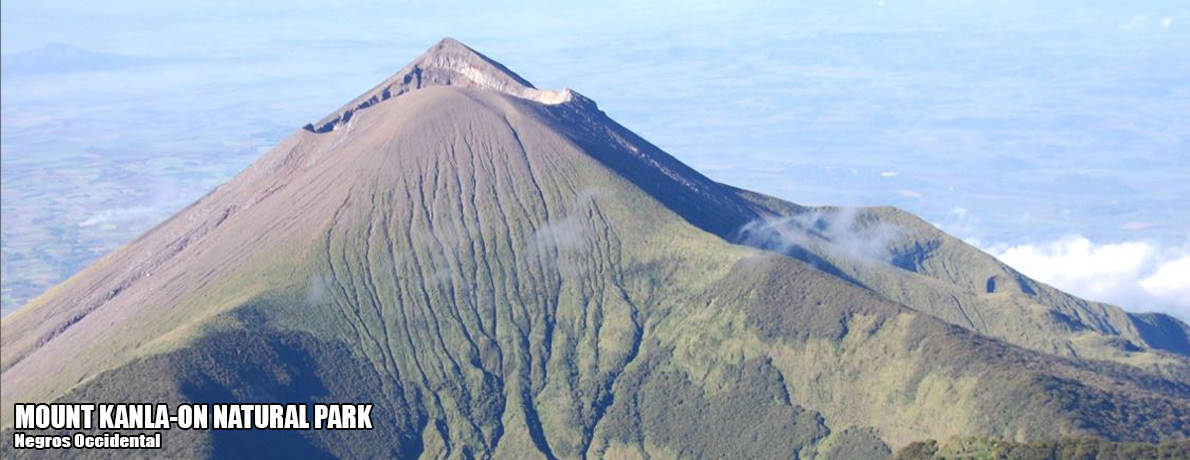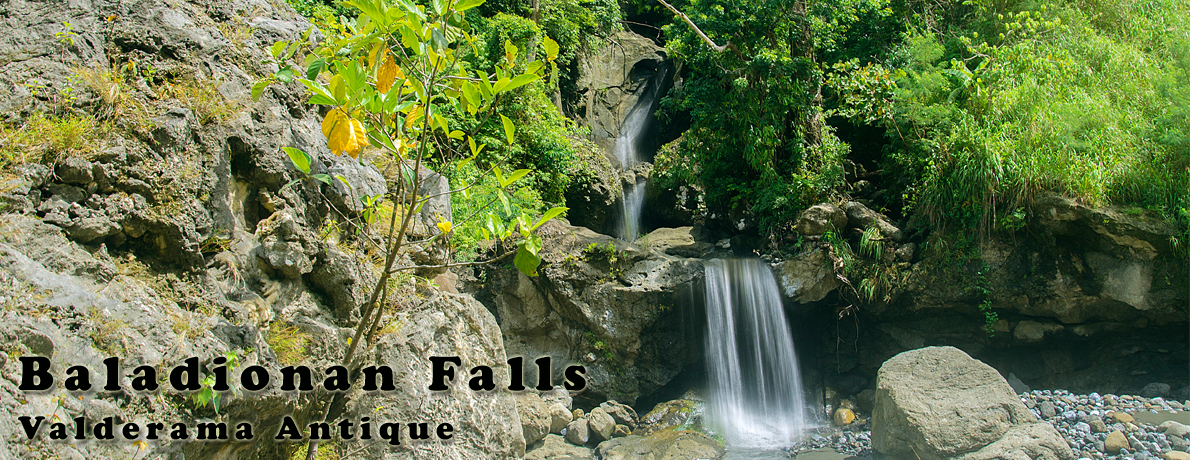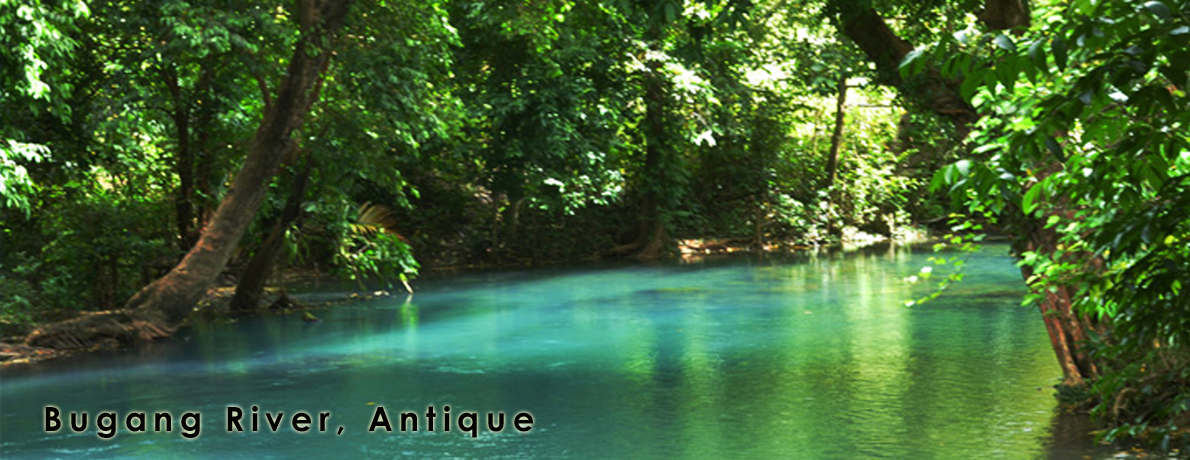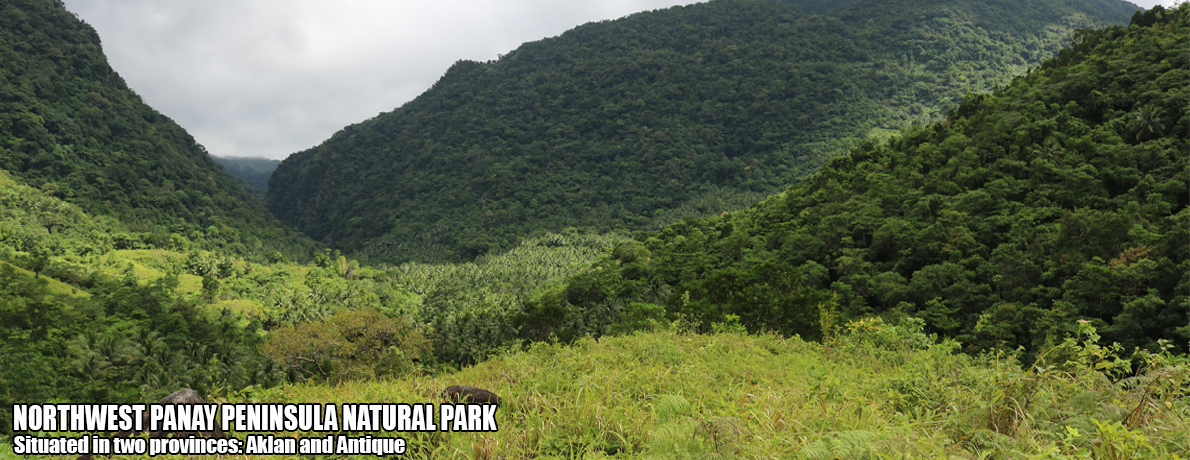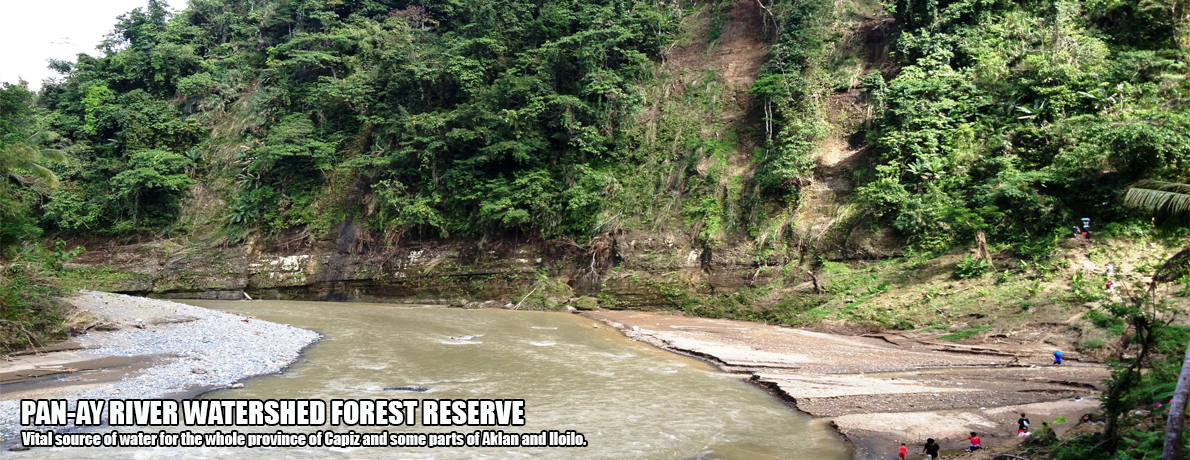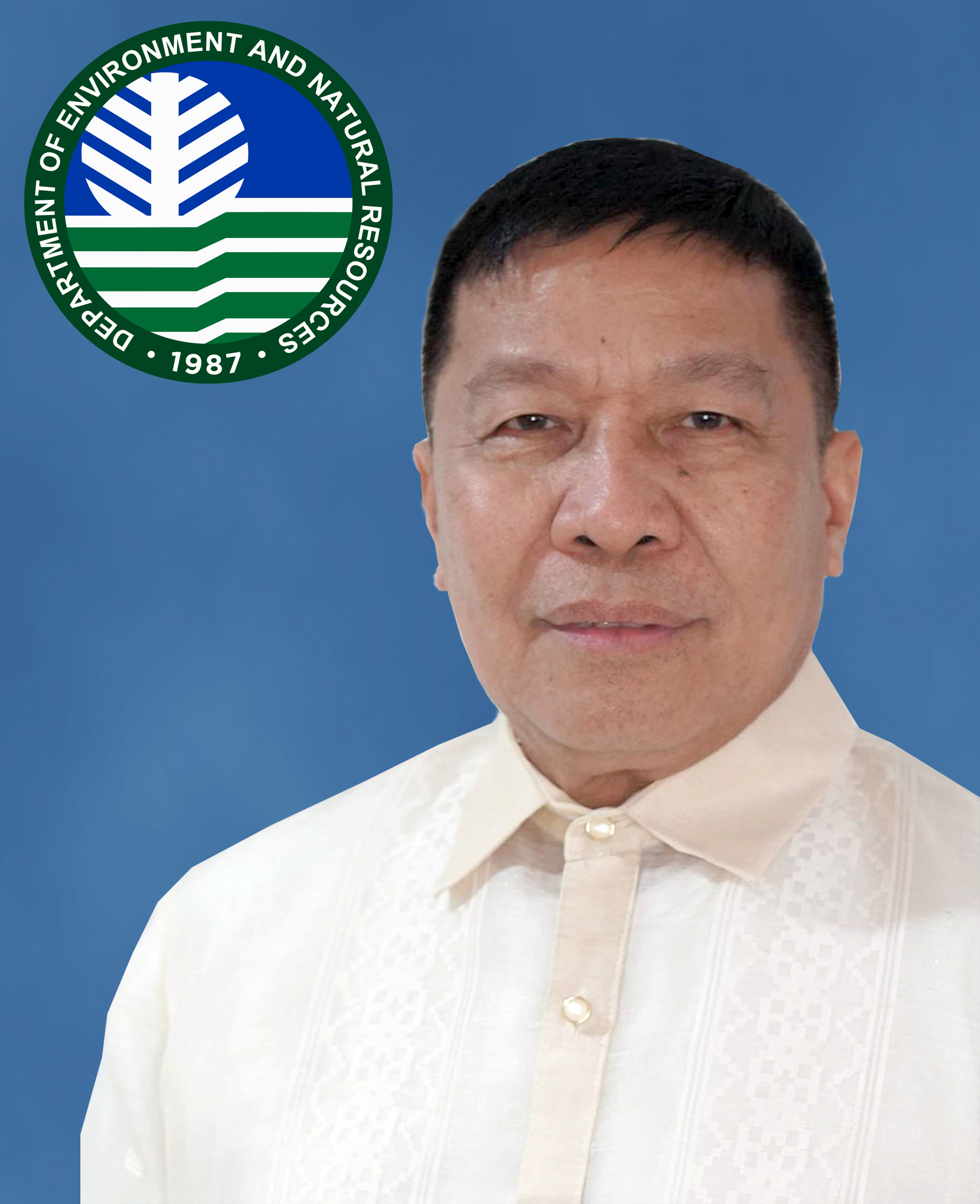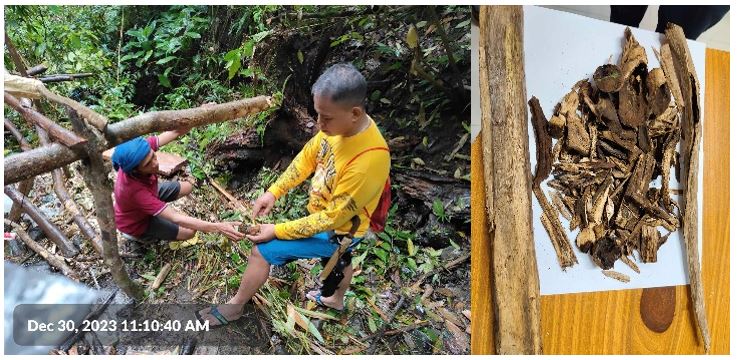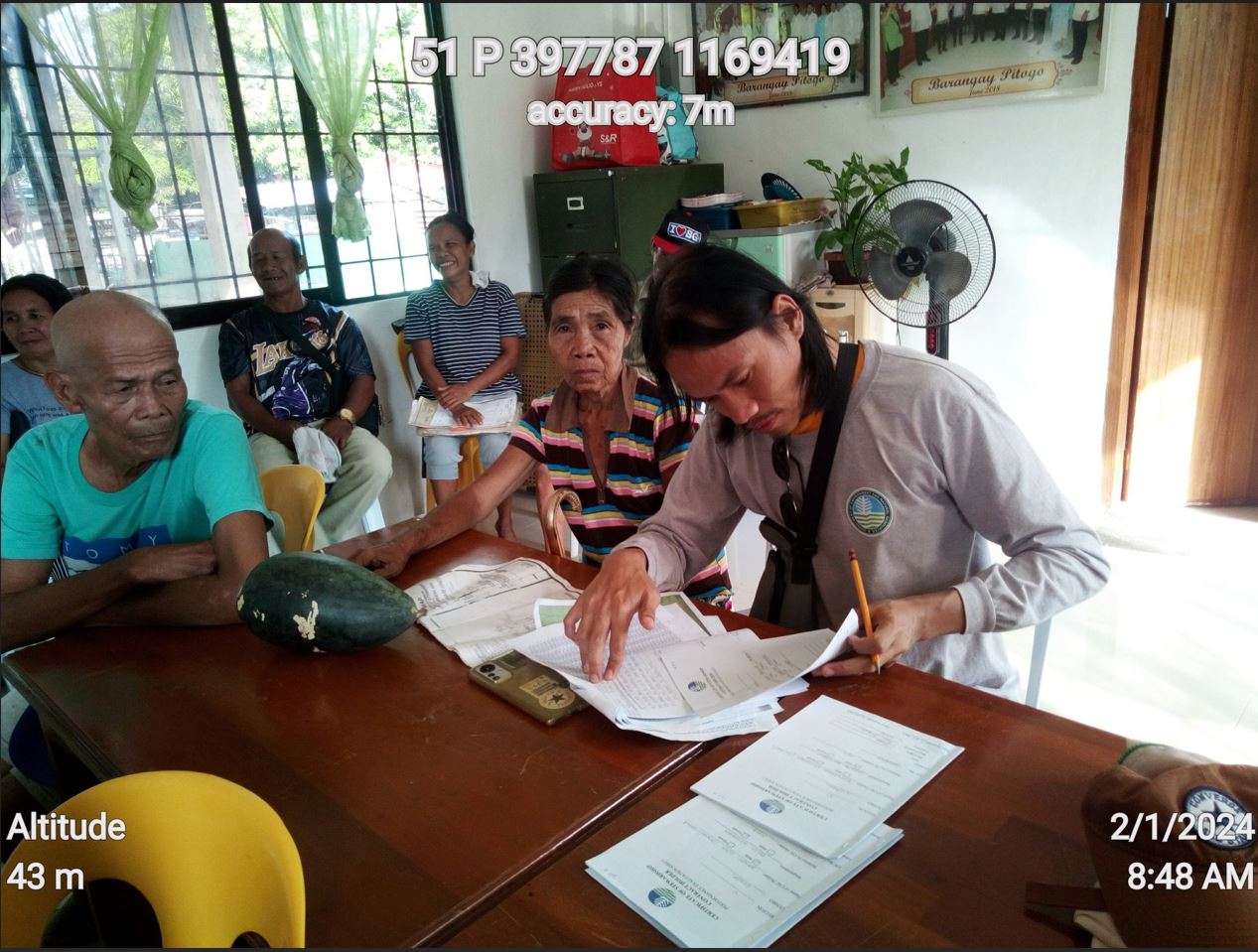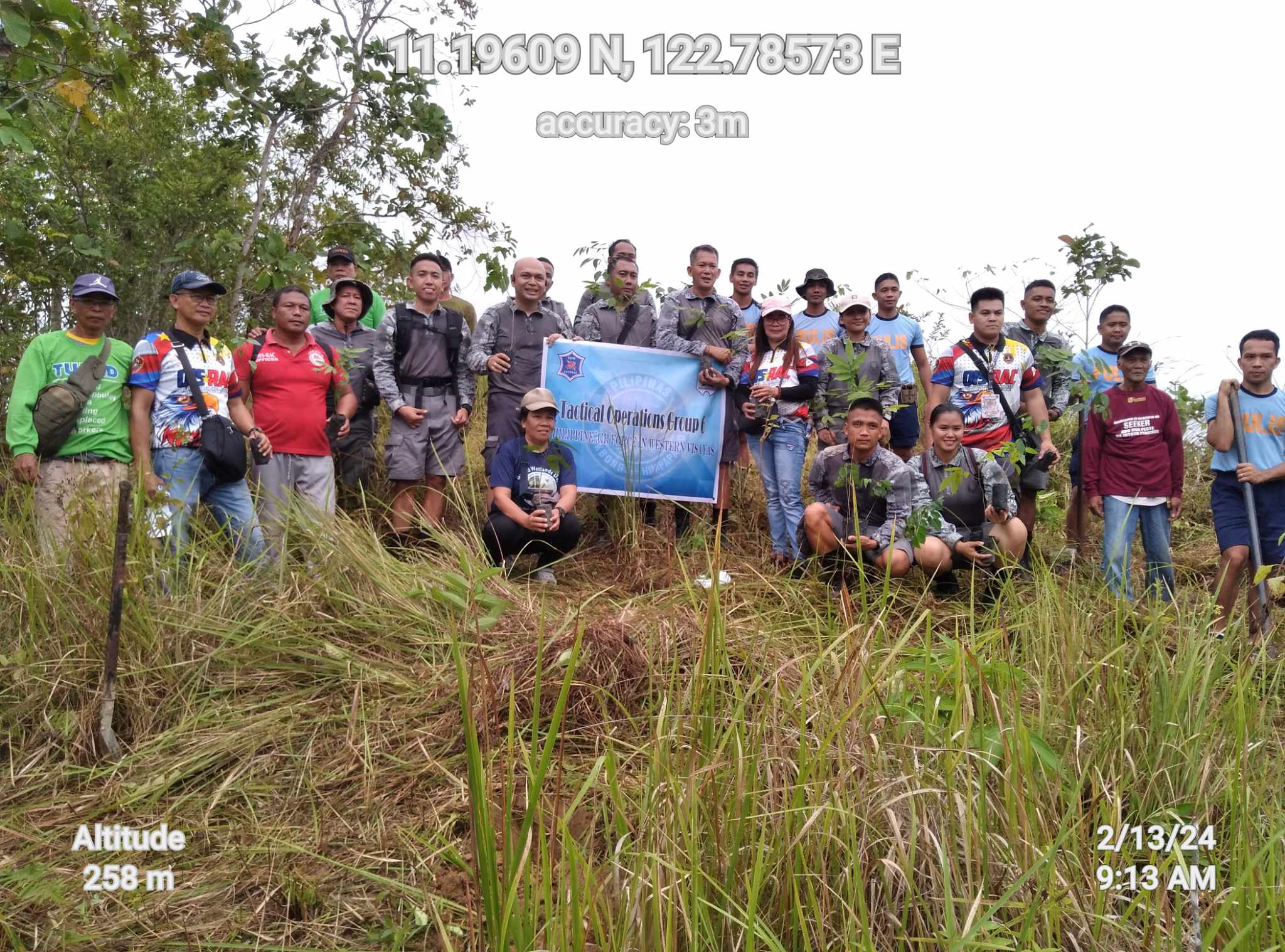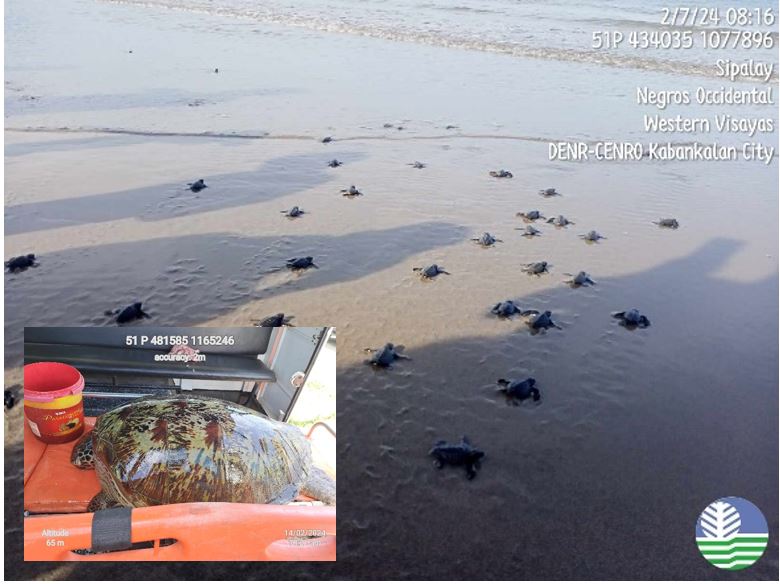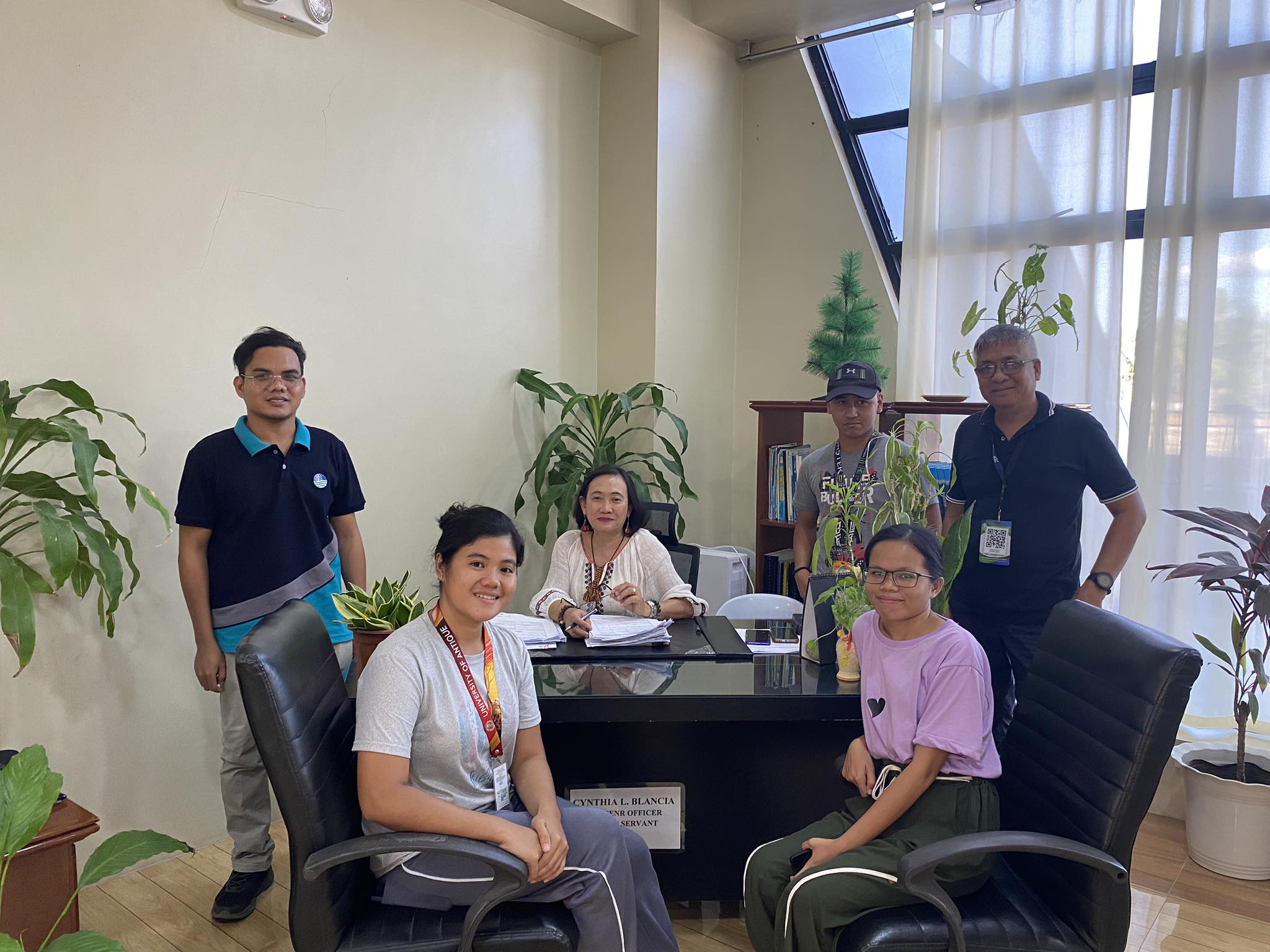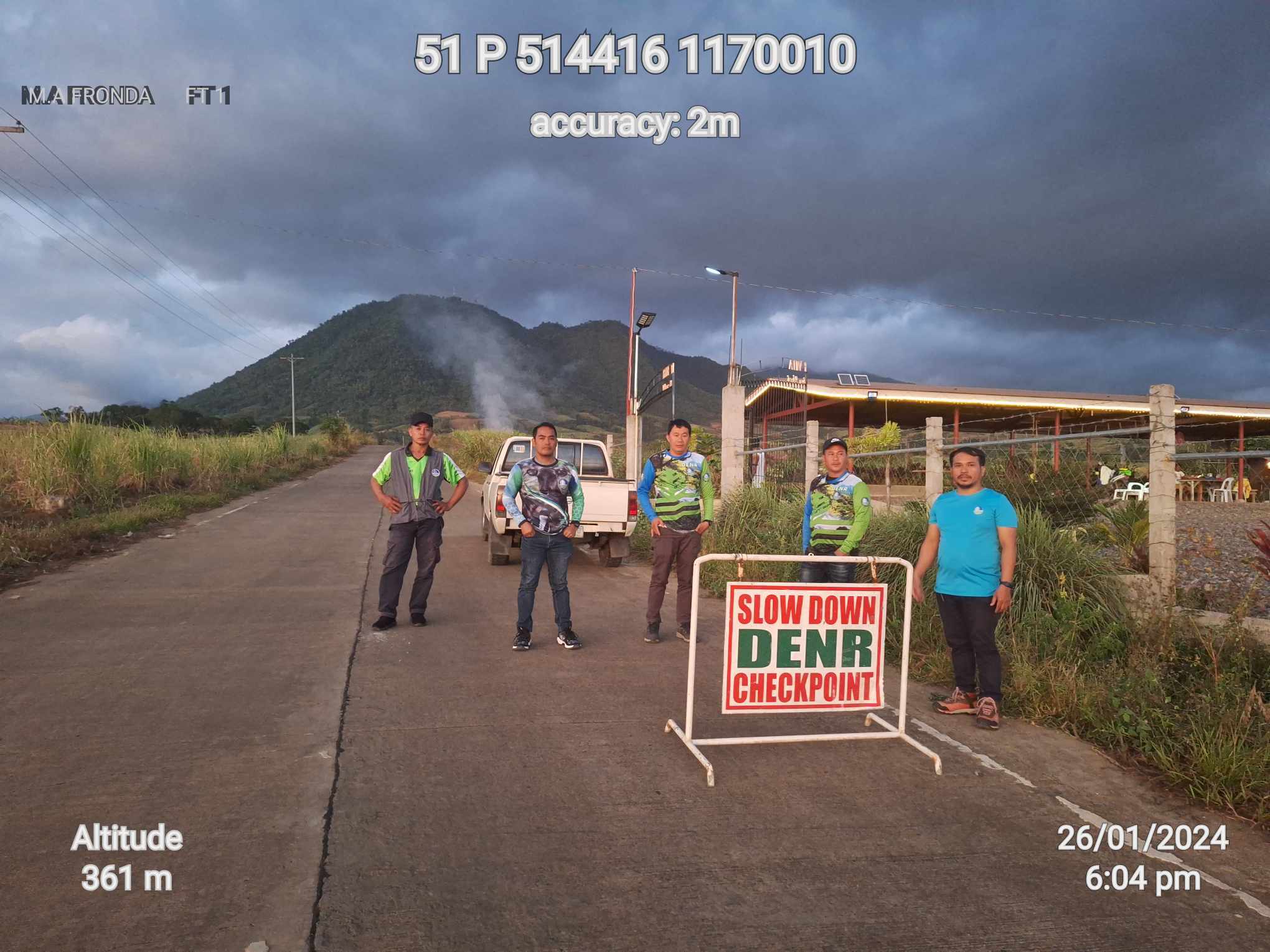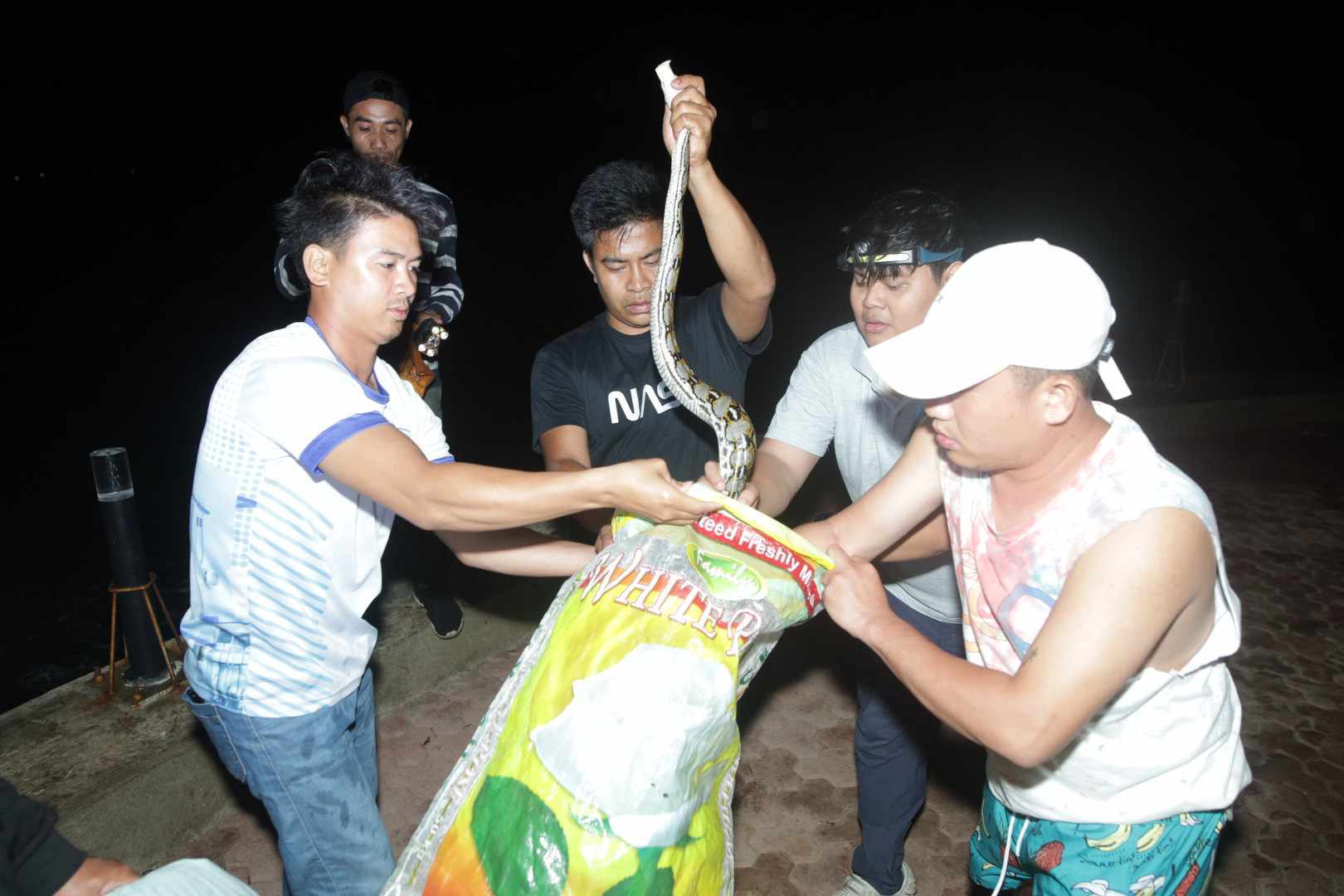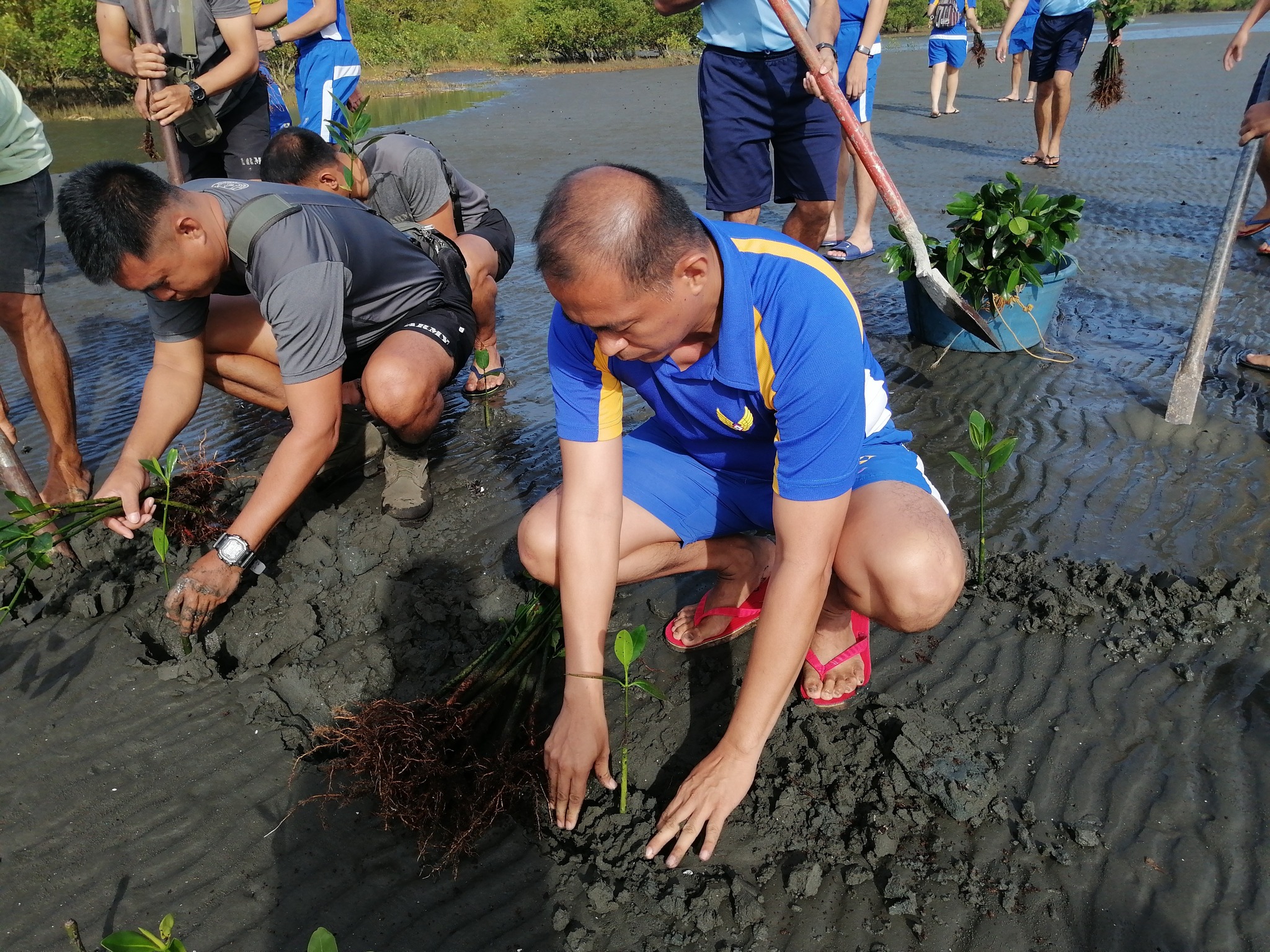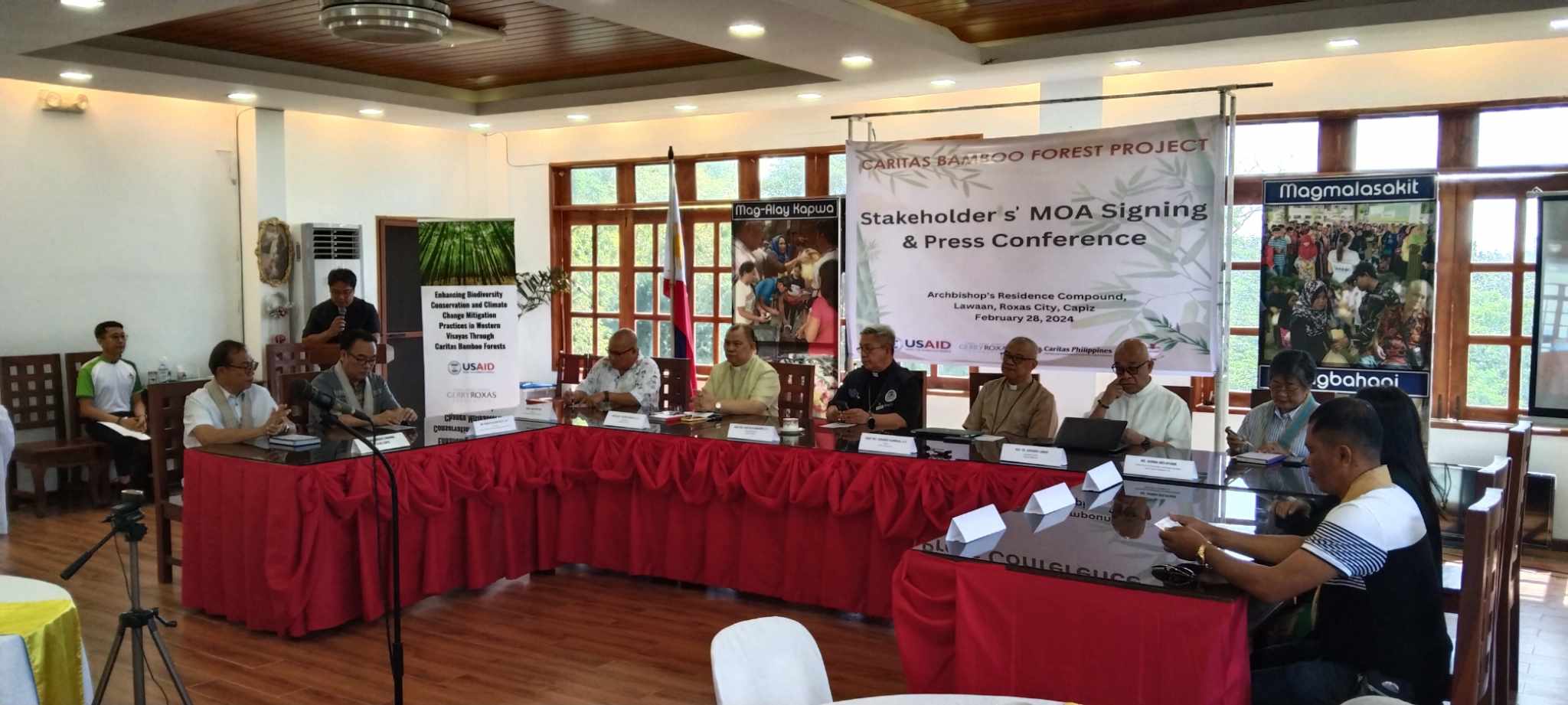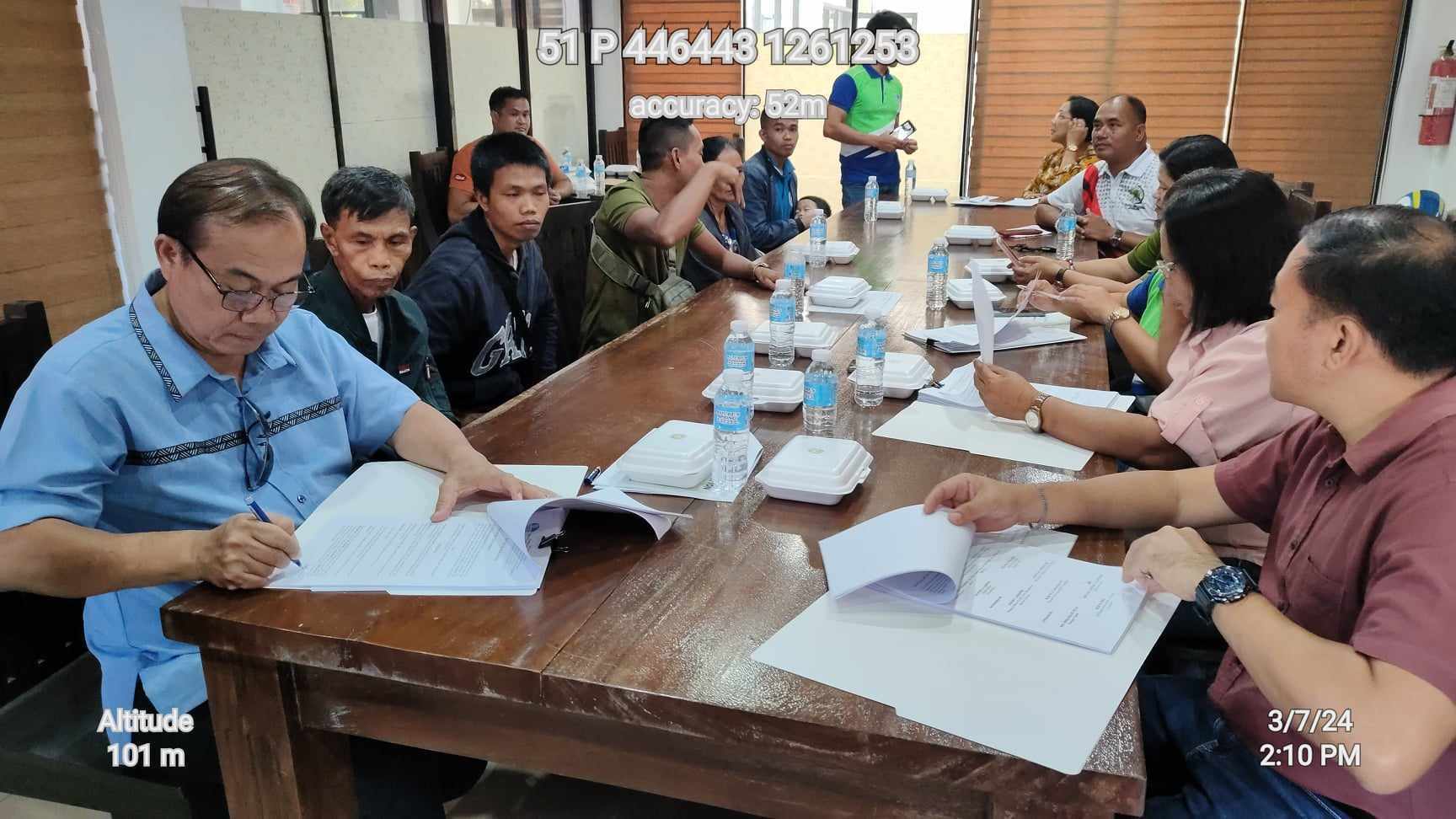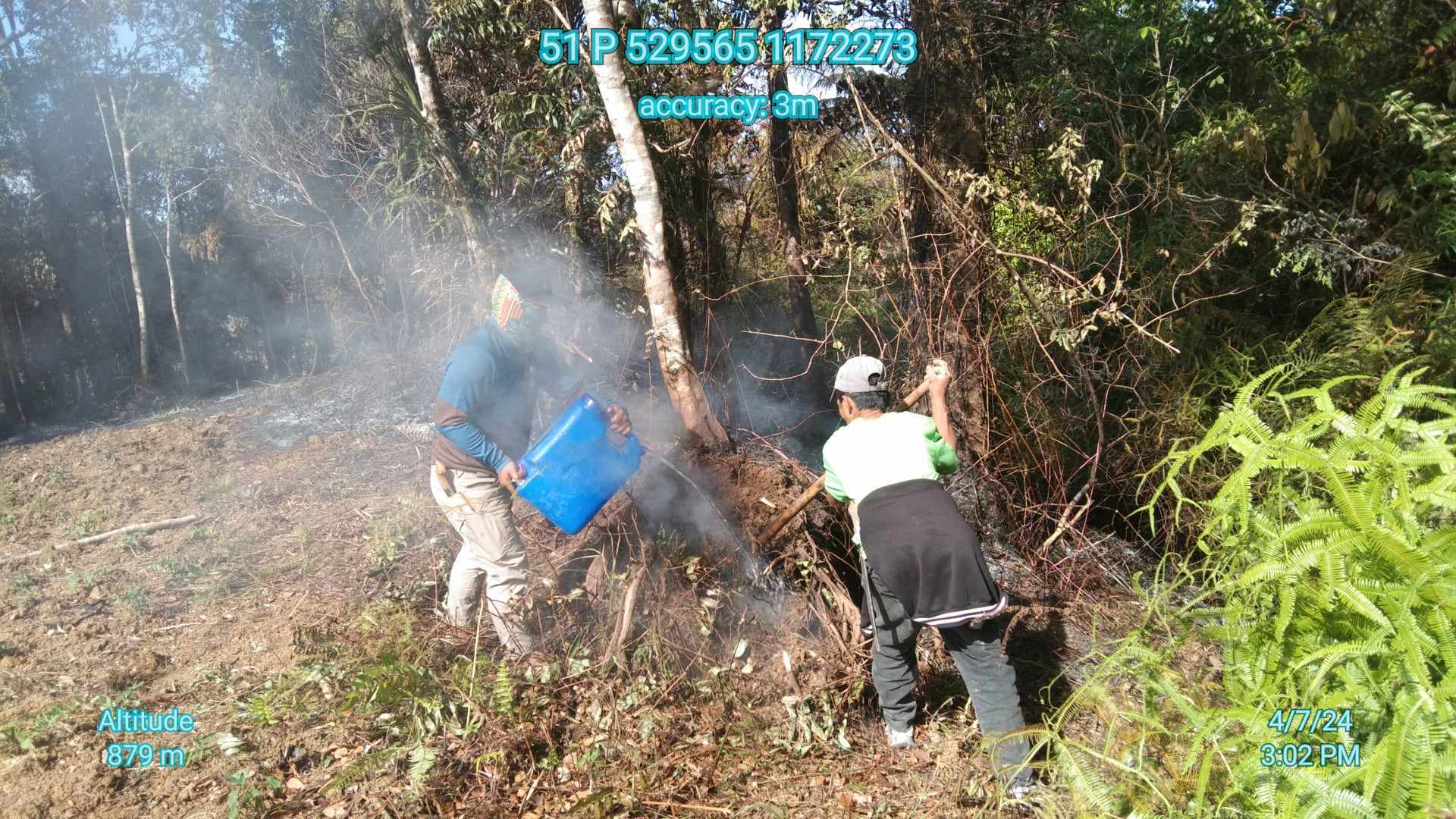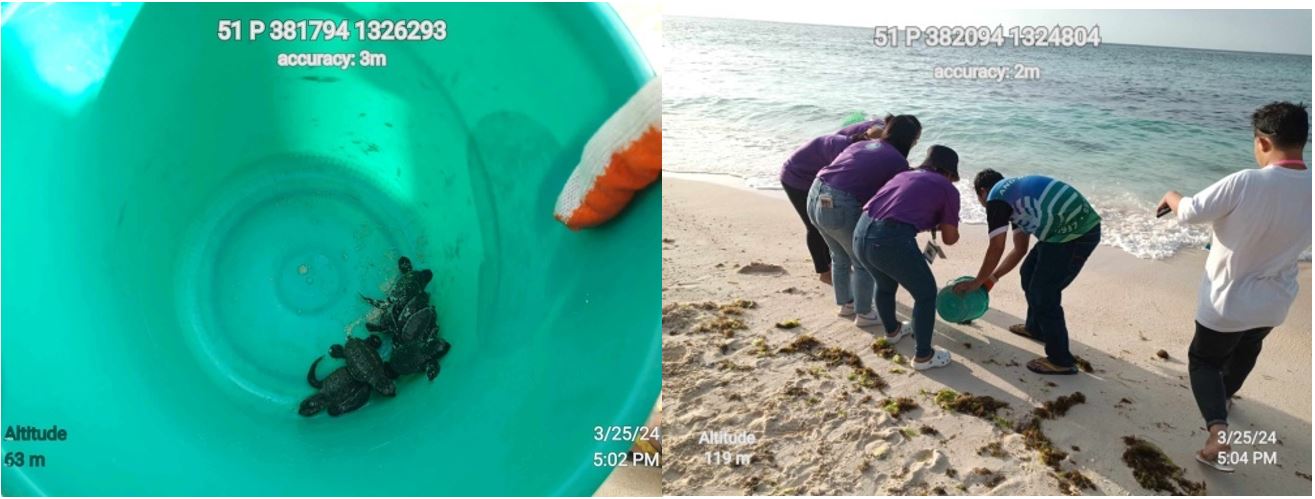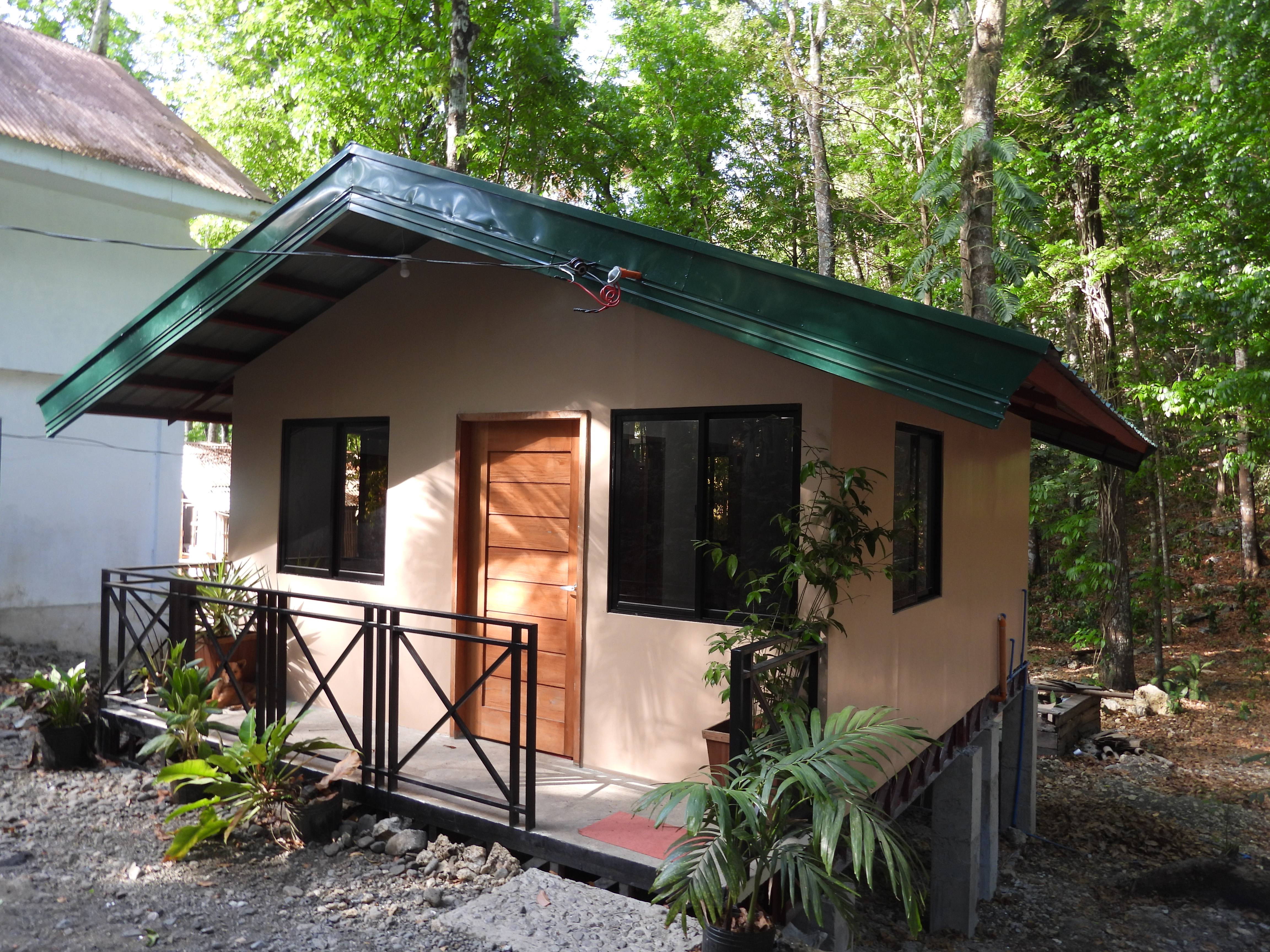The Department of Environment and Natural Resources (DENR) launched on Tuesday a three-year project that aims to strengthen the capacity to manage the conservation of areas with indigenous peoples (IPs) by designating them as protected areas.
The DENR's Biodiversity Management Bureau (BMB) will serve as the lead implementing agency of the project called Strengthening National Systems to Improve Governance and Management of Indigenous Peoples and Local Communities Conserved Areas and Territories (ICCA), or the Philippine ICCA Project.
BMB Director Theresa Mundita Lim said that the project’s main goal was to recognize conservation areas managed by indigenous groups as a sustainable addition to the country’s protected areas system.
“We acknowledge that because of their affinity with nature, IPs have traditions that intrinsically show respect for the environment and preserve it,” Lim said.
Joining the launch, among others, were Ifugao Representative Teodoro Baguilat Jr., donor representative Ola Almgren of the United Nations Development Programme (UNDP), and National Commission on Indigenous Peoples (NCIP) Commissioner Basilio Wandag of the Cordillera Autonomous and Ilocos regions.
The program was also witnessed by representatives of different IP groups and partner organizations such as the Philippine Tropical Forest Conservation Foundation.
The project would be implemented in 10 project sites, namely: Mt. Taungay in Tinglayan, Kalinga; Mt. Polis in Hungduan, Ifugao; Mt. Imugan in Santa Fe, Nueva Vizcaya; Egongot in Maria Aurora, Aurora; Kanawan in Morong, Bataan; Balabac in Palawan; Mt. Kimangkil in Impasug-ong, Bukidnon; Mt. Apo in Magpet, North Cotabato; Mt. Diwatain Esperanza, Agusan del Sur; and Dinarawan in Jabonga, Agusan del Norte.
Lim said that the chosen sites have met several criteria, including their being part of key biodiversity areas and the country's seven ethnographic regions, and inclusion in the priority environment sites of the NCIP.
The project is to be implemented until 2019 under technical and financial assistance from the Global Environment Facility and the United Nations Development Program.
Lim said that the NCIP, the agriculture department’s Bureau of Fisheries and Aquatic Resources, and the respective local government units (LGUs) are co-implementers of the project.
With the main objective of the project being the institutionalization of ICCAs as part of the PA system, the project is expected to produce policies regarding the conservation sites.
Communities and other stakeholders will also be trained in coming up with sustainable conservation plans for their areas, including business and investment plans specific to their site and the resources found within them.
Lim said that the inclusion of communities and stakeholders in the planning will enhance their capacities to implement the best actions to take in developing their respective areas while addressing threats.
Baguilat, who himself is a member of the IP community, said that the ICCA “empowers IPs, protects their source of livelihood and food, and protects key biodiversity areas.”
“With the ICCA, we are recognizing not only area conservation, but the fact that in conservation, sometimes, the community and IP ways are more effective,” he said.
Baguilat is principal author of House Bill 115 that recognizes ICCAs and their role in biodiversity conservation.
He described the bill as one that “harmonizes conflicting laws on IPs and the environment,” and issued an appeal to have it presented and debated on in plenary and eventually passed into law.###

